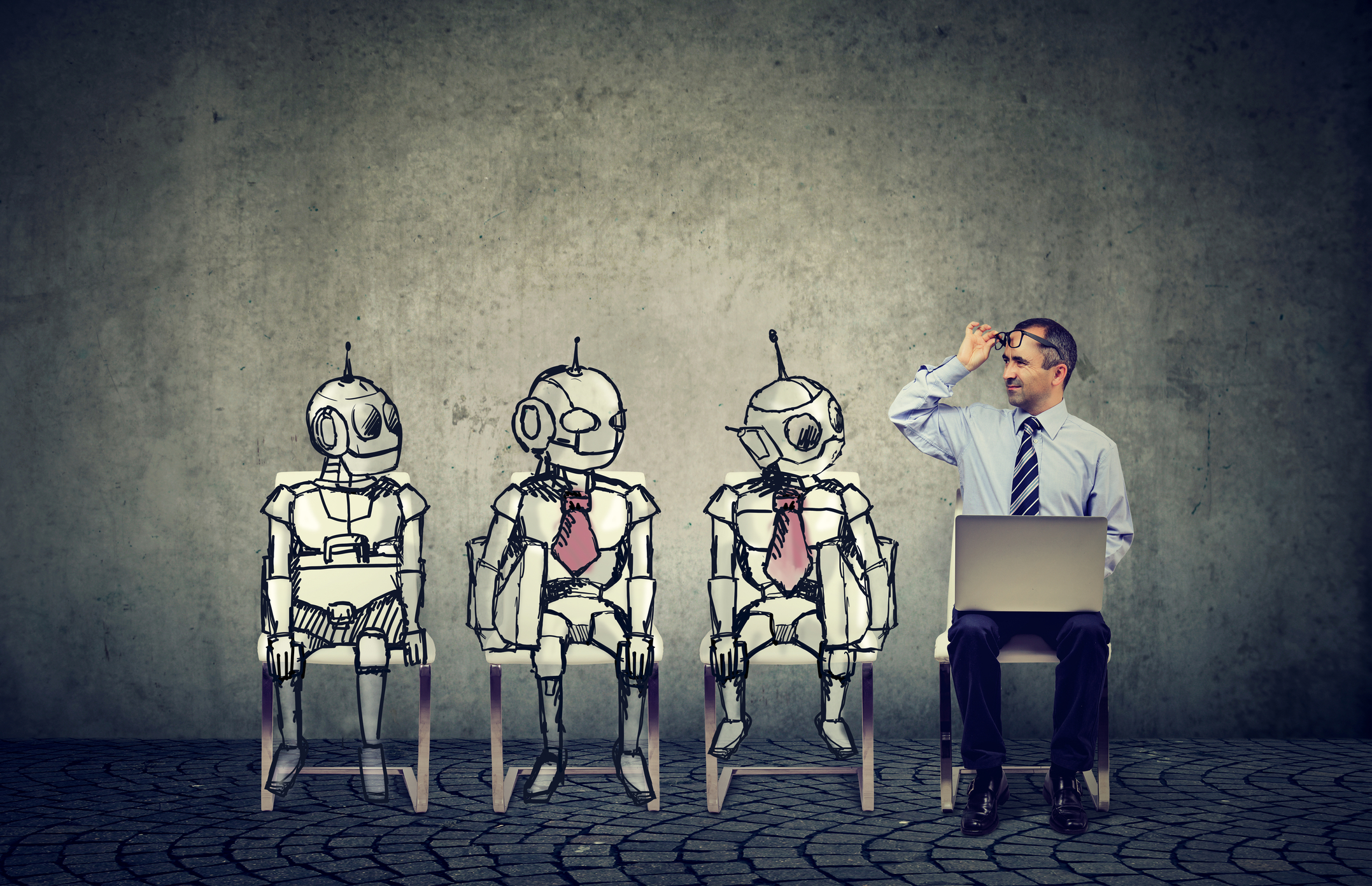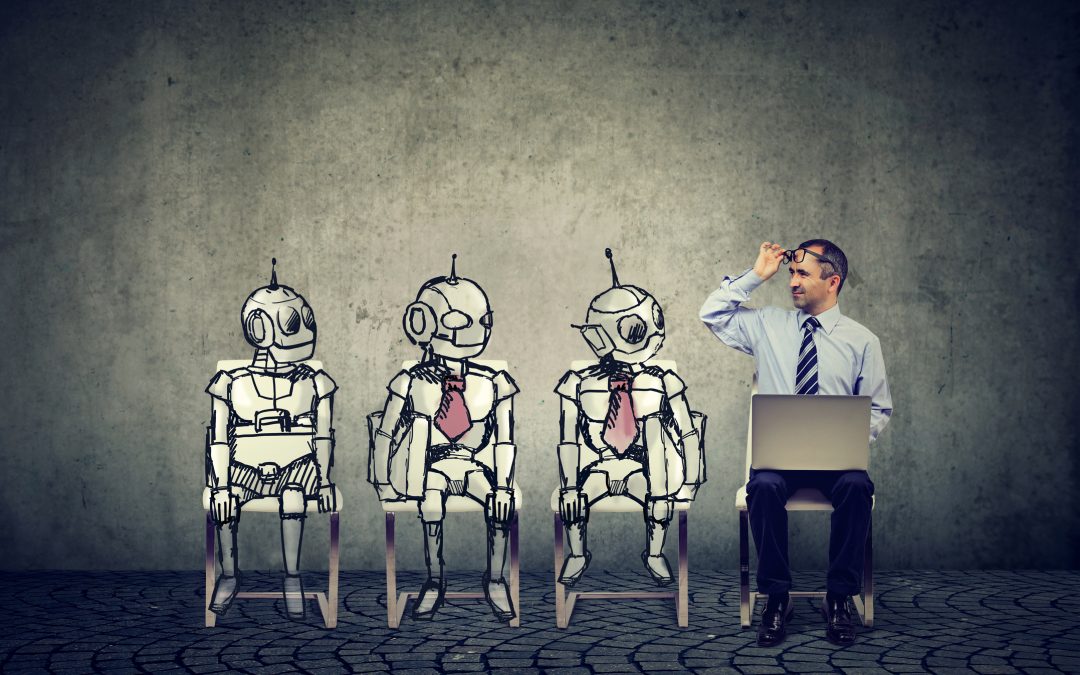
As an artificial intelligence model trained to interact with humans through natural language, ChatGPT has the potential to pose certain dangers if not used responsibly. While the risks associated with ChatGPT are not unique to this specific model, they are important to consider given its ability to learn from and adapt to its interactions with users. Here are some of the key dangers that ChatGPT presents:
- Spreading misinformation: As with any platform that allows users to communicate with others, ChatGPT can be used to spread false or misleading information. This is particularly concerning given the model’s ability to generate coherent and convincing responses, which could lead users to believe inaccurate information. As such, it’s crucial to ensure that ChatGPT is used ethically and responsibly.
- Amplifying bias: ChatGPT is only as unbiased as the data it is trained on. If the training data contains biases or stereotypes, the model may learn and perpetuate them in its responses. For example, if the model is trained on text that contains sexist or racist language, it may produce responses that are similarly biased. This could lead to further marginalization of already marginalized groups.
- Facilitating cyberbullying: ChatGPT could be used to bully or harass other users. This could take the form of offensive or hurtful responses, or even threats of violence. Given the model’s ability to generate text that sounds like it was written by a human, it could be difficult for other users to tell whether they are interacting with a human or a machine.
- Breaching privacy: Depending on how ChatGPT is used, it could potentially breach users’ privacy. For example, if users share personal information with the model, there is a risk that this information could be used for nefarious purposes. Additionally, if the model is used to collect data on users’ interactions, there is a risk that this data could be used for commercial or other purposes without their consent.
- Enabling scams: ChatGPT could be used to create scams that trick users into sharing personal information or sending money. For example, a malicious actor could use the model to generate convincing-sounding messages that appear to be from a trusted source (such as a bank or government agency) but are actually designed to steal users’ information.
To mitigate these dangers, it is important to use ChatGPT responsibly and ethically. This includes ensuring that the model is trained on unbiased and diverse data, and monitoring its use to prevent abuse. Additionally, it is important to educate users about the risks associated with interacting with AI models like ChatGPT and provide them with the tools they need to protect themselves. Finally, it is important to continue to research and develop ethical standards for AI models to ensure that they are used in ways that benefit society as a whole.

